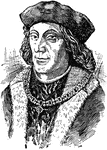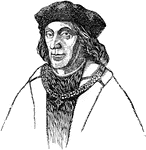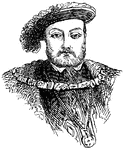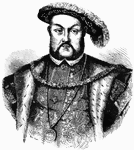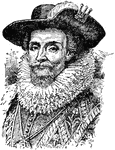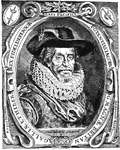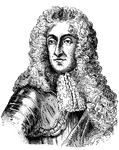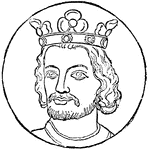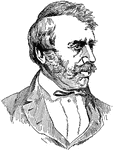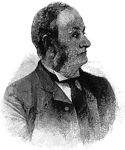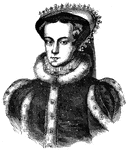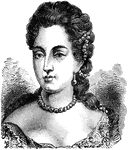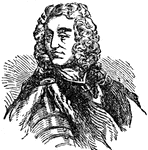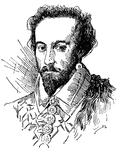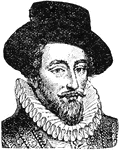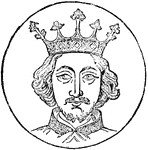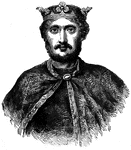The United Kingdom Famous Persons ClipArt gallery includes 213 illustrations of royalty, prime ministers, ecclesiastical and military authorities, and other persons of note.
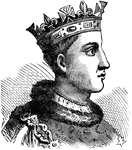
Henry VI of England
Henry was the only child and heir of King Henry V of England and therefore great things were expected…
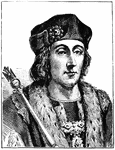
Henry VII of England
Henry VII (January 28, 1457 – April 21, 1509), King of England, Lord of Ireland (August 22, 1485…
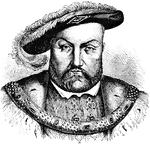
Henry VIII
"Henry VIII (1509-1547) came to the throne in 1509, inheriting a vast treasure which he owed to the…
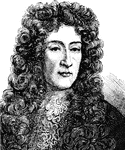
James II of England
James II of England and Ireland, James VII of Scotland (14 October 1633 – 16 September 1701) was…
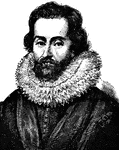
James the First
He ruled in Scotland as James VI from 24 July 1567, when he was only one year old, succeeding his mother…
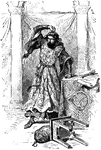
John's Anger after Signing Magna Charta
All this time John Lacklands cruelty and savageness were making the whole kingdom miserable; and at…

King John
John (1166 – 11216), also known as John Lackland, was King of England from 1199 until his death in…
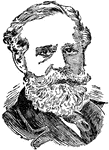
John Lubbock
An English banker, politician, naturalist and archaeologist, born to Sir John William Lubbock, Bart.

Marquis of Bute
A portrait of John Patrick Crichton-Stuart, 3rd Marquess of Bute (1847–1900) in his rectoral gown.

Mary I
Mary, the fourth and penultimate monarch of the Tudor dynasty, is remembered for returning England from…
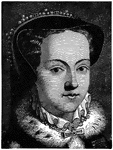
Mary I of England
Mary I (18 February 1516 – 17 November 1558), was Queen of England and Queen of Ireland from 19…
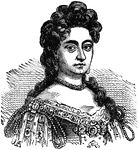
Mary I of England
Mary I (18 February 1516 - 17 November 1558), was Queen of England and Queen of Ireland from 19 July…

Elizabeth of York's Mitre Head-Dress
"Drawn from a portrait of Elizabeth of York when young, in stained glass at Little Malvern." — Encyclopedia…

Death Mask of Sir Isaac Newton
The death mask of Sir Isaac Newton, who discovered the law of gravitation.
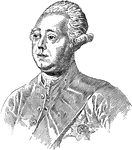
Lord North
Frederick North was the Prime Minister of Great Britain from 1770 to 1782. He led Great Britain through…

Odo of Bayeux
Odo of Bayeux (c. 1036 – February 1097, Palermo), Norman bishop and English earl, was the half-brother…
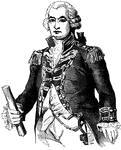
Sir Peter Parker
Admiral of the Fleet Sir Peter Parker, 1st Baronet (1721 – 21 December 1811) was a Royal Navy officer.…
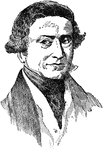
Sir Robert Peel
The Prime Minister of the United Kingdom from 1834 to 1835, and again from 1841 to 1846.
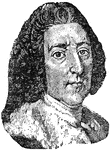
William Pitt
The Right Honourable William Pitt, the Younder was a British politician during the late eighteenth and…

William Pitt the Younger
The youngest prime minister of Great Britain, serving from 1783 to 1801, and again from 1804 to 1806.
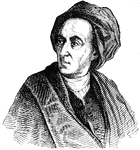
Alexander Pope
Alexander Pope (21 May 1688 – 30 May 1744) was an 18th-century English poet. He is best known for…
![Sir Walter Raleigh or Ralegh[1] (c. 1552 – 29 October 1618), was a famed English writer, poet, soldier, courtier and explorer.](https://etc.usf.edu/clipart/62500/62593/62593_w-raleigh_mth.gif)
Sir Walter Raleigh
Sir Walter Raleigh or Ralegh[1] (c. 1552 – 29 October 1618), was a famed English writer, poet, soldier,…
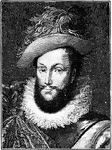
Sir Walter Raleigh
Sir Walter Raleigh or Ralegh (c. 1552 – 29 October 1618), was a famed English writer, poet, soldier,…
Richard I
Richard I (1157 – 1199) was King of England from 1189 until his death. He also ruled as Duke of Normandy…

Richard I
Richard I (8 September 1157 – 6 April 1199) was King of England from 6 July 1189 until his death.…
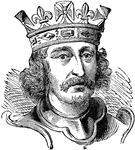
Richard I of England
Richard I (8 September 1157 – 6 April 1199) was King of England from 6 July 1189 until his death.…

King Richard I
King of England from 1189 to 1199. He was often referred to as Richard the Lionheart.

Richard II
Richard II (6 January 1367 – ca. 14 February 1400) was King of England from 1377 until he was…
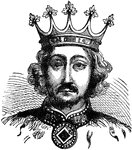
Richard II of England
Richard II (6 January 1367 – ca. 14 February 1400) was King of England from 1377 until he was…

King Richard II
King of England; son of the Black Prince and Joanna of Kent; born in Bordeaux, Jan. 6, 1369.

Richard III of England
Richard III (2 October 1452 – 22 August 1485) was King of England from 1483 until his death. He…
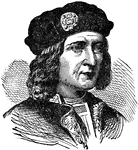
Richard III of England
Richard III (2 October 1452 - 22 August 1485) was King of England from 1483 until his death. He was…

King Richard III
King of England; son of Richard, Duke of York, a descendant of Edmund, Duke of York, fifth son of Edward…

Richard IV of England
Edward of York was born on April 28, 1442, at Rouen, France (in the Chateau de Rouen), the second son…
